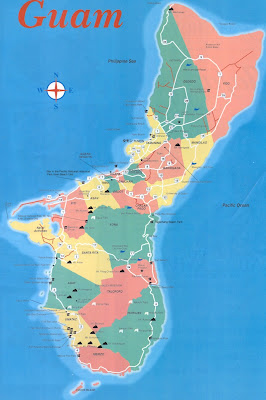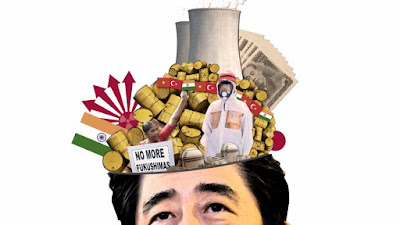Progressive Guam Mentions

Some of the Guam Mentions that can be found on the website Common Dreams . They cover an interesting spectrum of political possibilities. The list of Guam Mentions is so oddly diverse, it was collections like this which made my dissertation such a strange trip to write. Guam is a military base, an independent country, a territory within just a few hundreds words of text. It is quintessentially American in one article, a foreign country in another, the edges of its empire in one and then the breakdown of its soul and its morality in the next. To see what I mean, check out the articles below: ********************* World Watches North Korea, But No Missiles Yet Deadline came and went, but US intel believes chances of test launch remain 'very high' by Jon Queally, staff writer Common Dreams April 10, 2013 Following weeks of growing tensions, Wednesday April 10 was the day officials in Pyongyang had threatened to test one or more of its Musudan

